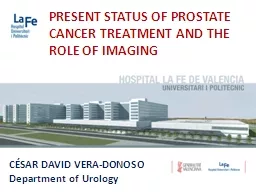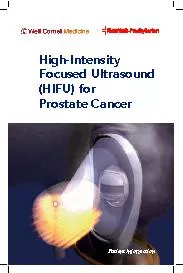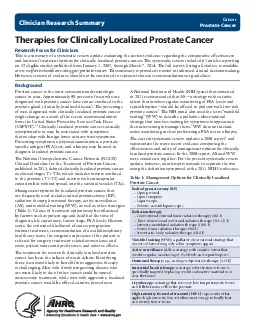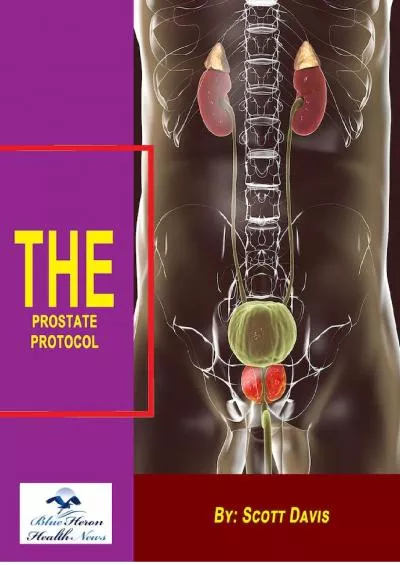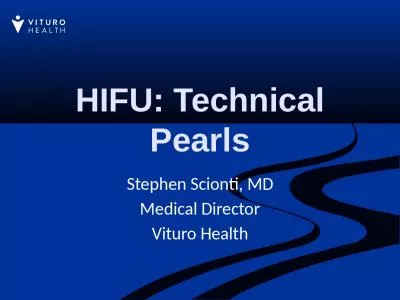PPT-HIFU Dr Prashant Bansal Two basic forms of thermal therapy for treatment of prostate cancer
Author : pamella-moone | Published Date : 2019-06-23
HighIntensity Focused Ultrasound which uses focused sound energy to heat tissue to destroy it HIFU is different from cryotherapy in that the focal zone is extremely
Presentation Embed Code
Download Presentation
Download Presentation The PPT/PDF document "HIFU Dr Prashant Bansal Two basic forms ..." is the property of its rightful owner. Permission is granted to download and print the materials on this website for personal, non-commercial use only, and to display it on your personal computer provided you do not modify the materials and that you retain all copyright notices contained in the materials. By downloading content from our website, you accept the terms of this agreement.
HIFU Dr Prashant Bansal Two basic forms of thermal therapy for treatment of prostate cancer: Transcript
Download Rules Of Document
"HIFU Dr Prashant Bansal Two basic forms of thermal therapy for treatment of prostate cancer"The content belongs to its owner. You may download and print it for personal use, without modification, and keep all copyright notices. By downloading, you agree to these terms.
Related Documents


